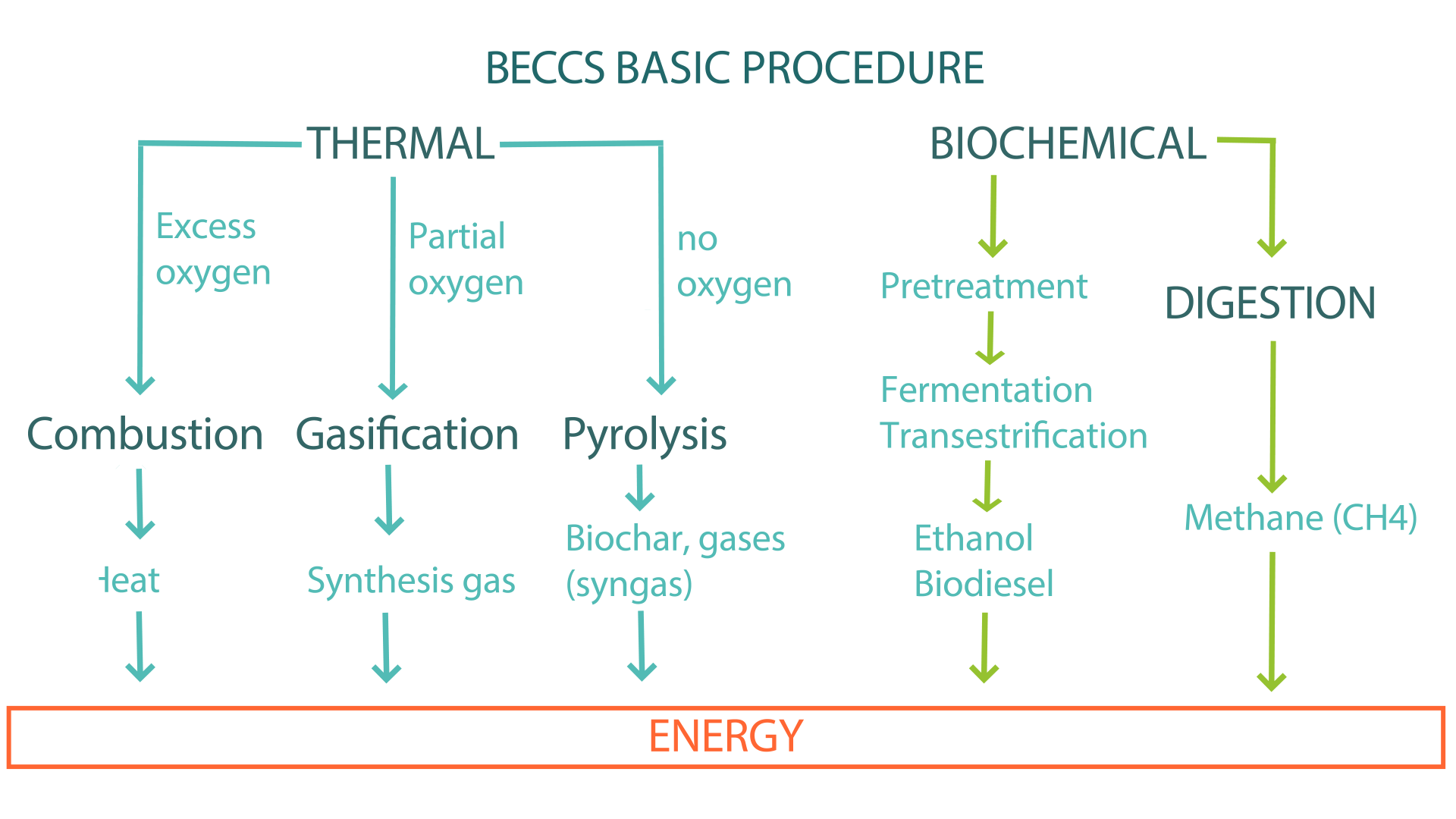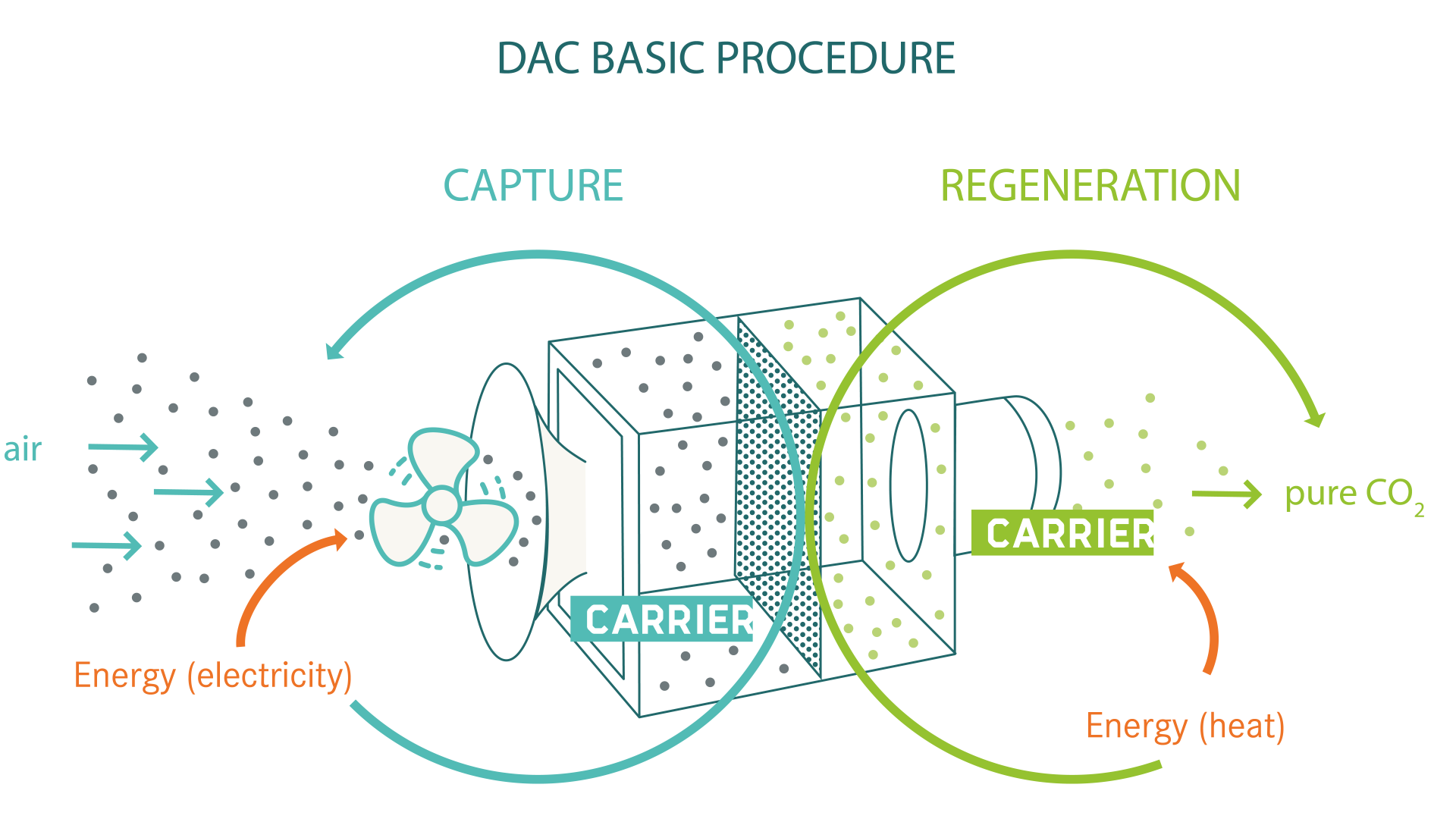“It's a growing market”
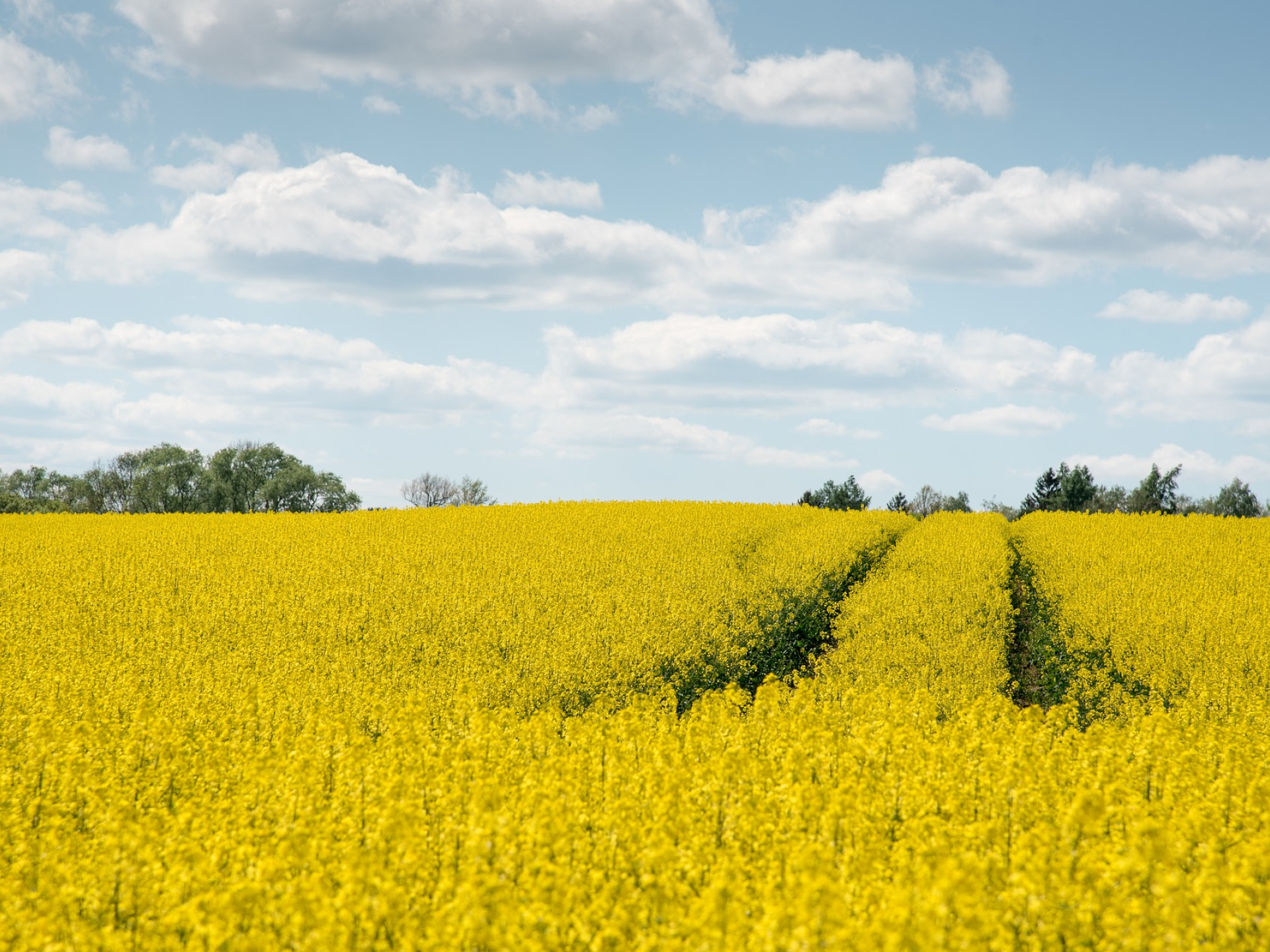
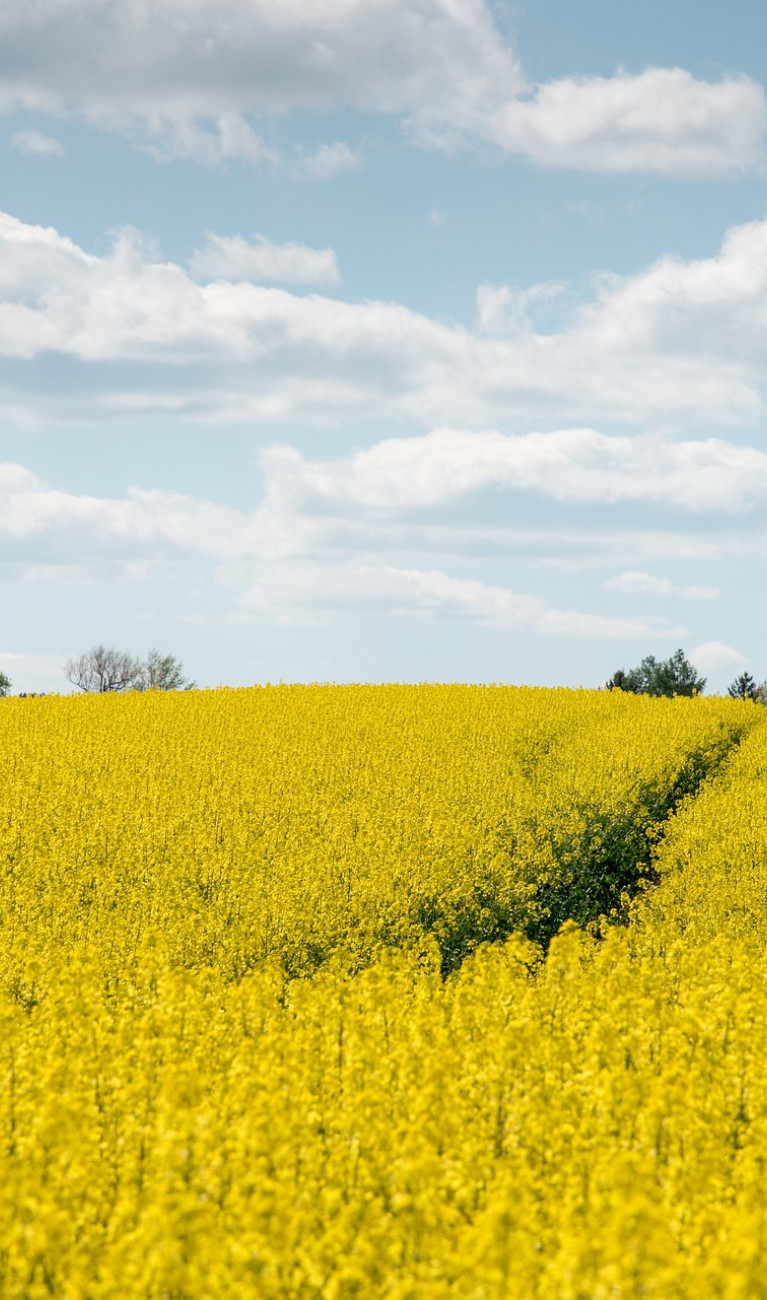
One important element of achieving the climate goals will be to massively reduce greenhouse gas emissions. It will also be necessary to have procedures for extracting carbon dioxide from the atmosphere. What are the BECCS and DAC technologies currently capable of?
Rund die Hälfte des erneuerbaren Stroms in Deutschland stammt aktuell aus Biomasse, also aus der Verwertung von Pflanzen oder Pflanzenresten. Beim Verbrennen von Biomasse wird nur so viel CO2 freigesetzt, wie beim Wachstum der Pflanzen zuvor von ihnen gebunden wurde. Verfahren, mit denen das CO2 bei der Verbrennung der Biomasse abgeschieden und gespeichert wird, heißen BECCS-Optionen (engl. Bioenergy with Carbon Capture and Storage). Dadurch entstehen negative Emissionen: Dem Kohlenstoffkreislauf wird CO2 entzogen.
Um die Erderwärmung zu begrenzen, sind neben BECCS-Verfahren auch andere Prozesse, die der Atmosphäre direkt CO2 entziehen, notwendig. Diese Verfahren heißen DAC (engl. Direct Air Capture). Das so gewonnene CO2 kann ebenfalls gespeichert oder umgewandelt und wiederverwertet werden – etwa als Synthesegas, Treibstoff oder Rohstoff für die Industrie.
Ein Team von Helmholtz-Klima-Wissenschaftler:innen hat verschiedene BECCS- und DAC-Verfahren untersucht. Unter ihnen Roland Dittmeyer und Dominik Heß vom Karlsruher Institut für Technologie (KIT). Ihre Ergebnisse haben sie jetzt in einem Paper zusammengefasst.
Mr. Dittmeyer, how does a BECCS process actually work?
Roland Dittmeyer: There are various ways of converting biomass to be used for energy: It can undergo combustion, gasification, pyrolysis, and fermentation. Depending on the starting material, such as straw, timber waste, manure, or vegetable waste, there are other processes available which give rise to a variety of products: heat (which can also be used to generate electricity), biogas, biomethane, bioethanol, or synthetic biofuels. Regardless of the conversion process, CO2 is always a byproduct. In the BECCS approach, this CO2 is captured either via an absorber or membrane and then stored or at least converted into durable products such as building materials. The various BECCS processes can thus be classified by biomass, conversion process, the method for capturing CO2, and the target product.
In der verschiedenen Umwandlungsverfahren entsteht immer auch CO2. Beim BECCS-Ansatz wird dieses CO2 entweder mittels Absorber oder Membran abgefangen und gespeichert oder zumindest in langlebige Produkte wie etwa Baustoffe umgewandelt. Entsprechend lassen sich die verschiedenen BECCS-Verfahren nach Biomasse, Umwandlungsverfahren, Abscheideverfahren für das CO2 und Zielprodukt klassifizieren.
Expertise
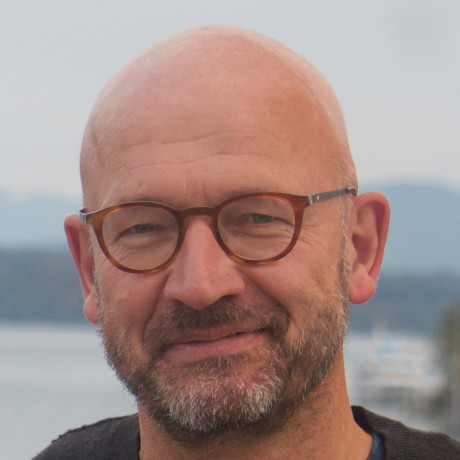
Roland Dittmeyer
And what about the DAC processes, Mr. Heß?
Dominik Heß: DAC processes always start with air. Large fans are used to pull air through a filter. The filter is made of a material called sorbent, which can be either a solid or a liquid. Then, the CO2 either settles on the surface or enters into the material. In a second step, the CO2 is separated from the material in order to regenerate it for the next step. For this purpose, the filter is heated up, whereby there is a distinction between high-temperature and low-temperature procedures. The CO2 is then either stored or converted into other products. DAC processes thus use various materials, temperature levels for regeneration, and sorbents.
What conclusion have you reached? Which is the best BECCS or DAC process?
Dominik Heß: It’s not quite so easy to say. In the case of concerns DAC, each and every technology has its place. Low-temperature processes have the advantage that the systems are modular and can therefore also have a very compact design. This makes it quite easy to integrate them into ventilation systems, for example. On the other hand, the high-temperature processes can only be implemented on a large scale, which also entails cost advantages. Standard components can be used to implement very large systems that filter a correspondingly large amount of CO2 from the air. Above all, our paper took a closer look at integrating DEC in ventilation systems. We rely on low-temperature processes and conversion processes that can be miniaturized. The simpler the procedure is, the better.
Roland Dittmeyer: Speaking generally, both BECCS and DAC are seen as being necessary to achieve the climate goals – both for Germany and globally. The on-site conditions differ greatly not only from one country to another, but also within individual countries. A technology's suitability depends heavily on its location. For example, BECCS processes generally require a lot of space because the yields for biomass production are limited and production needs to be sustainable. For that reason, waste biomass (straw, residual forest timber, waste wood, etc.) should generally be given higher priority over cultivated biomass. This thus calls for a certain range of technologies that are optimally suited for the respective location and use case.
How significant of a contribution can BECCS and DAC processes make to climate protection? How much CO2 can they help to save?
Roland Dittmeyer: The projected level of residual CO2 emissions in a scenario of a climate-neutral Germany in 2045 is 47 million tons of C02-eq, which is significantly less than the current level of 772 million tons of CO2-eq (data from Agora Energiewende for 2021). These residual emissions would need to be compensated – to the tune of 37 million and 20 million tons of CO2 by BECCS and DAC, respectively. At least that’s the conclusion reached by Prognos, the Öko-Institut, and the Wuppertal Institute in their study “Climate-neutral Germany 2045.”
Are there already operational BECCS and DAC plants or have they been used for research so far?
Dominik Hess: The largest commercial DAC plant, Orca, is located in Iceland and has an annual capacity of 4,000 tons of CO2. Microsoft is one of their customers. There are also DAC plants in other countries, albeit smaller ones, for example in Switzerland. Additionally, plans exist to build new large plants – one in the Midwest of the United States, and one in England – each one having an annual capacity of 1 million tons of CO2. BECCS is also already being operated commercially, with the largest plant also located in the US Midwest in Illinois.
Using this commercially would require that there first be a market, right?
Roland Dittmeyer: That’s right. In fact, there is already a market for negative emissions. On this market, there are organizations working with a voluntary climate protection contribution to compensate inevitable emissions – for example, by planting trees or financing the exchange of inefficient technologies for more efficient ones. Another example can be seen in the company Climeworks with its Orca plant, where companies like Microsoft pay for CO2 to be extracted from the atmosphere and converted into rock in the soil. In the future, this market will continue to grow.
Does that mean that it’s better to retrospectively compensate for emissions? Would it not be better to avoid the emissions altogether?
Roland Dittmeyer: When companies find themselves compelled to reduce their CO2 emissions, they face the following consideration: Which is better – compensation or avoidance? Of course, every gram of CO2 that is not ever emitted is a decided improvement. After all, compensation via DAC and BECCS requires that a lot of energy be consumed. Basically, whatever we can avoid, we should avoid. However, whatever cannot be avoided must be compensated. In order for this compensation to be available at the necessary time and at a low cost, it is important that these technologies be developed now.
How likely is it that we will have enough BECCS and DAC plants implemented in time to fulfill their task in achieving German and international climate goals?
Roland Dittmeyer: A lot of discussion can certainly be made on what is actually realistic. To a large extent, it depends on how resolutely one intends to undertake the given task. For Germany, as always, the question is: Where do BECCS and DAC plants and processes need to be implemented? Is it okay if this is done abroad and we tally it in our emissions? Or do such plants and processes need to be implemented in Germany? Then, we would first have to determine where to store the CO2 and create suitable infrastructure for this. My general disposition is optimistic. If I’m looking to be more positive, then I tell myself: It is realistic for BECCS and DAC procedures to be available enough on time to contribute considerably to climate protection. We need to do this – it’s our duty. We can't just stand around talking about it – we need to get to work.

